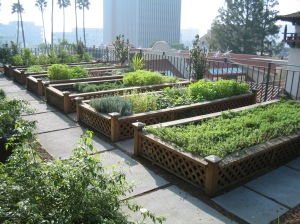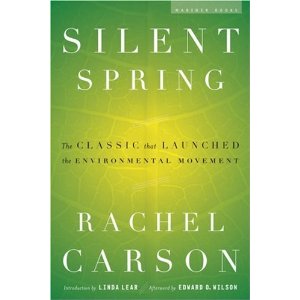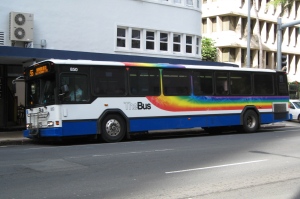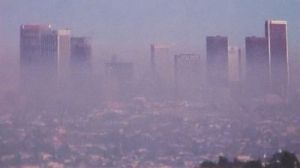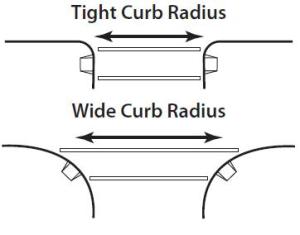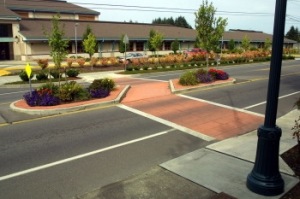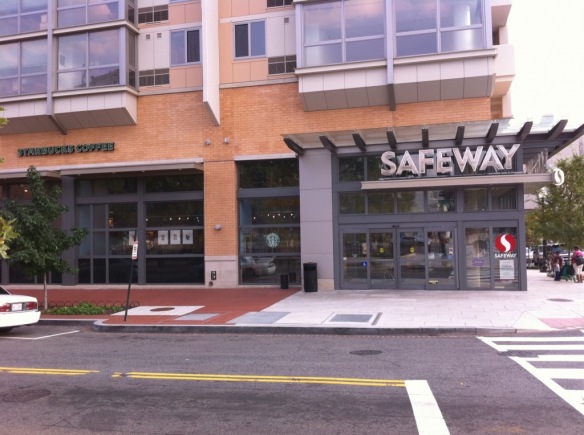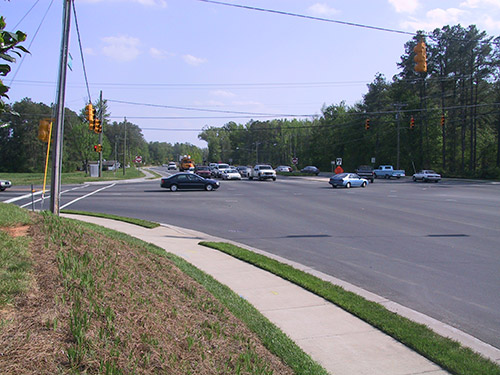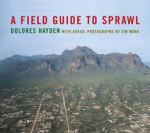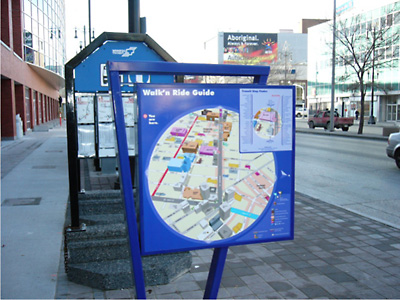Food Day is a nationwide event created to promote awareness around eating healthy, sustainable foods. Since the needs of each community are different food day a grassroots campaign, where each community celebrates food day in its own way.
The five focus areas for Food Day are; 1. Promote safer, healthier diets, 2. Support sustainable and organic farms, 3. Reduce hunger, 4. Reform factory farms to protect the environment and animals, and 5. Support fair working conditions for food and farm workers.
Last year when we lived in Sault Ste. Marie, MI the local Food Policy Council sponsored a few events around the community. One was a healthy canned food drive. We encouraged people to help support the local food bank but instead of getting rid of stuff in their kitchen they do not want, we had lists of “healthier” options to give. We also sponsored a cooking class with the local elementary school.
This year in our new home of Honolulu, HI there are Food Day events being sponsored by many agencies including, WIC, Head Start, and local colleges. In New Jersey a local man is bringing technology to help increase access to fresh foods by creating a mobile application (app) to help people to give money to local pantries for fresh healthy foods. He is using Food Day as a fundraiser event to help get the app launched.
Some ideas you could do to spread the message of food day:
- Shop at a local farmers’ market and get to know the farmers
- Initiate a healthy meeting policy at work, serve fruits and water at meetings
- Volunteer in a soup kitchen or food pantry
- There’s many ways you can get involved and help spread the message of Food Day, remember to “eat real”

